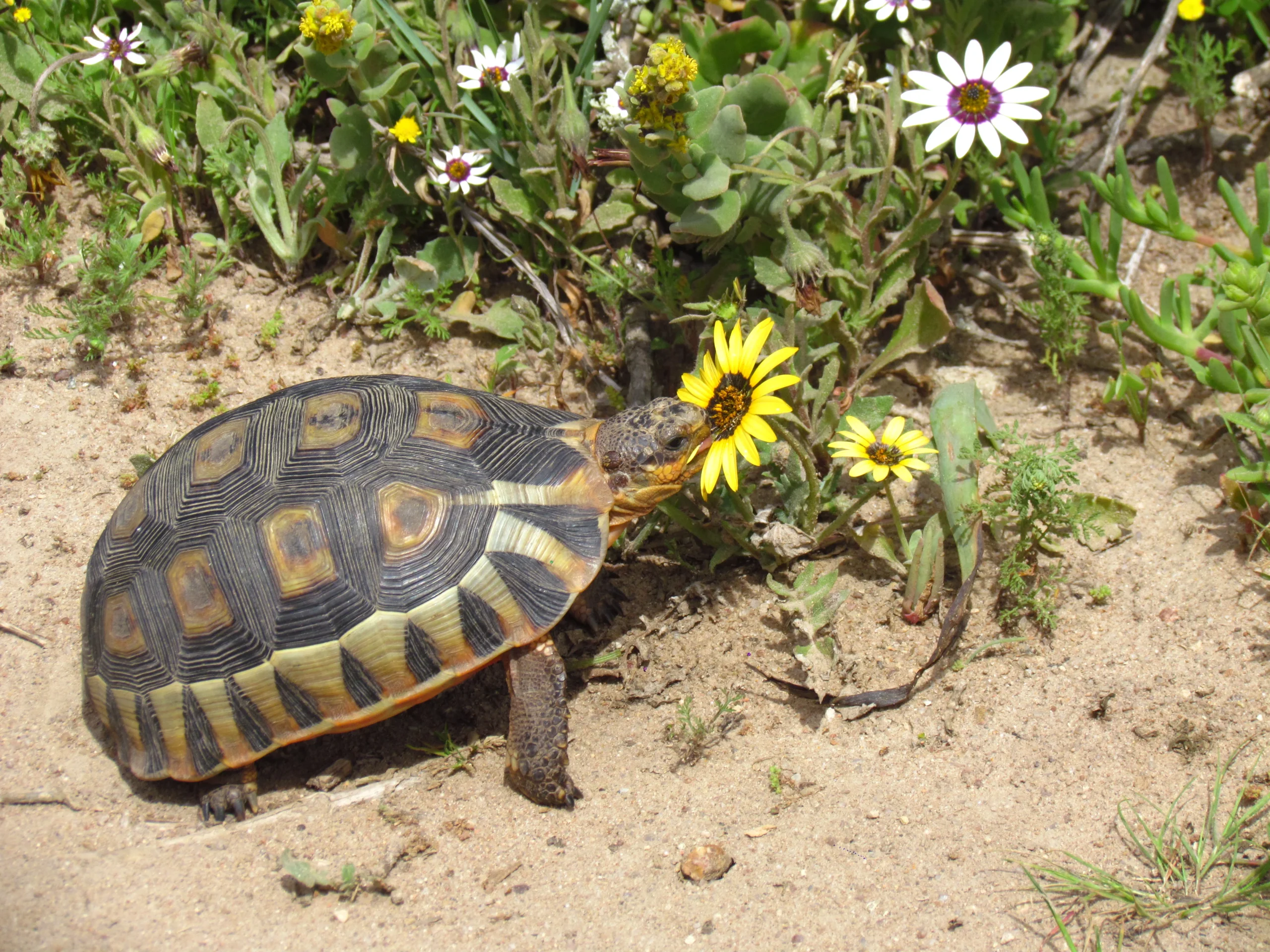
Turtles are fascinating pets, but they need more than just a tank and a heat lamp to stay happy. One of the most important things to get right is their food. If you’ve ever wondered, “What do turtles eat?” or even asked, “What did turtles eat back in the wild?” You’re in the right place! At EcoPetEssentials, we are here to tell you everything turtles love to munch on, what’s best for their health, and what you should never feed them.
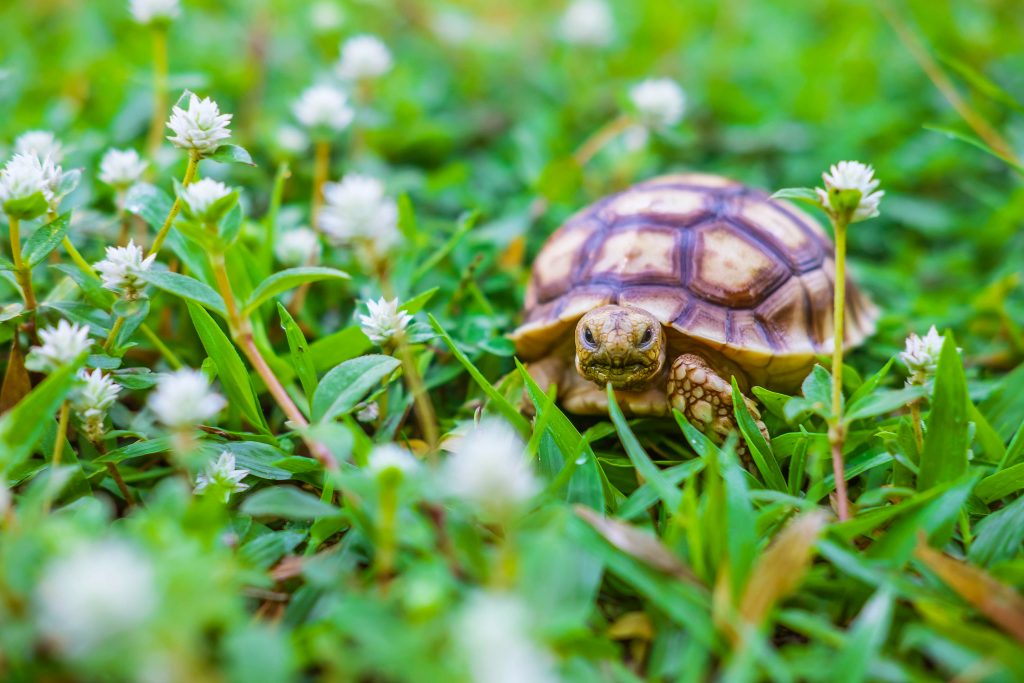
Turtles aren’t picky. However, they do need the right balance. Some are carnivores (meat-eaters), and some are omnivores (they eat both plants and animals). Most aquatic turtles, like red-eared sliders and painted turtles, are omnivores. That means their diet includes:
Therefore, your pet turtle can eat a little bit of everything, as long as it’s healthy!
Every pet turtle needs turtle pellets as a daily part of their diet. These are made just for turtles and are packed with the nutrients they need to grow strong shells and stay active. You can get pellets like Fluker’s Turtle Diet, Mazuri Aquatic Turtle Food, or Tetra ReptoMin Floating Sticks. They are some of the best turtle food options out there. It is better to try different brands to see what your turtle likes best! Pellets should make up about 25% of an adult turtle’s diet if they’re omnivores and about 50% if your turtle is more into meat (like a carnivore).
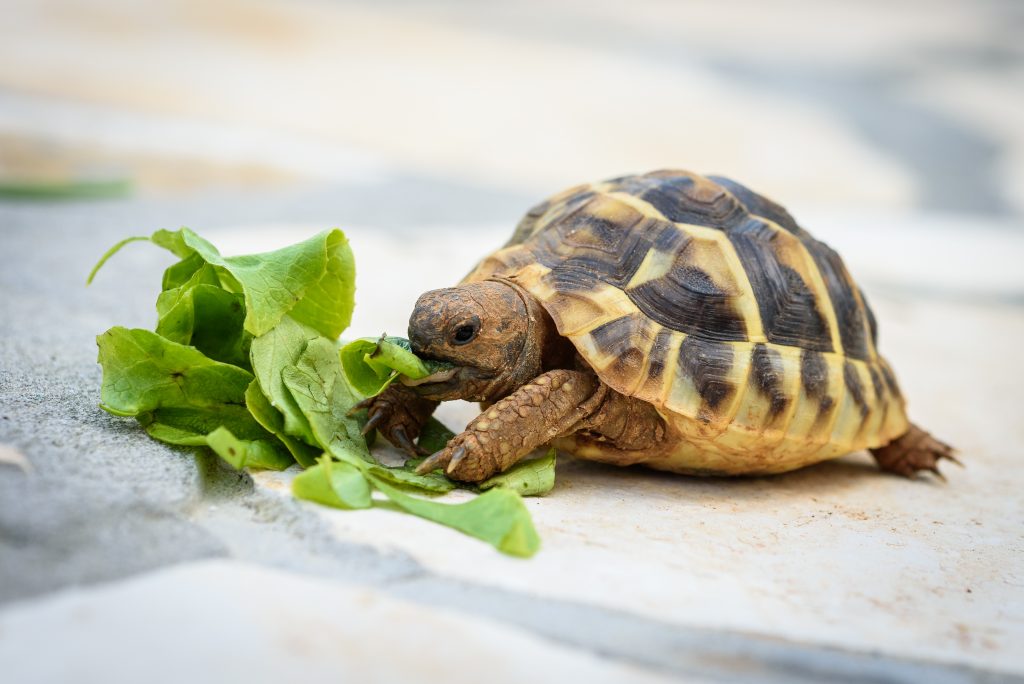
Do you want to know what animals turtles eat? In the wild, turtles love to hunt! That’s why giving your turtle live food is a great idea. Turtles enjoy feeder fish like guppies or minnows. They can also eat worms (earthworms, waxworms, and mealworms), a variety of insects, brine shrimp, snails, and slugs. We recommend live food, as it helps keep your turtle active and gives them the protein they need. This is especially important when they’re young. You have to make sure to take out any uneaten live food so your tank stays clean.
Turtles love eating vegetables, especially as they get older. So, what vegetables can a turtle eat? A healthy diet for adult turtles should include a variety of leafy greens and colorful veggies. Some of the best options include collard greens, kale, dandelion greens, romaine lettuce (avoid iceberg), and mustard greens. You can also offer carrot shreds, green beans, squash, bok choy, Swiss chard, broccoli, and even duckweed. Mixing different veggies helps keep your turtle’s meals interesting and nutritious. Always wash vegetables well and chop them into small pieces to make eating easier for your turtle. Therefore, your pet turtle loves to eat a little bit of everything, just like we do!
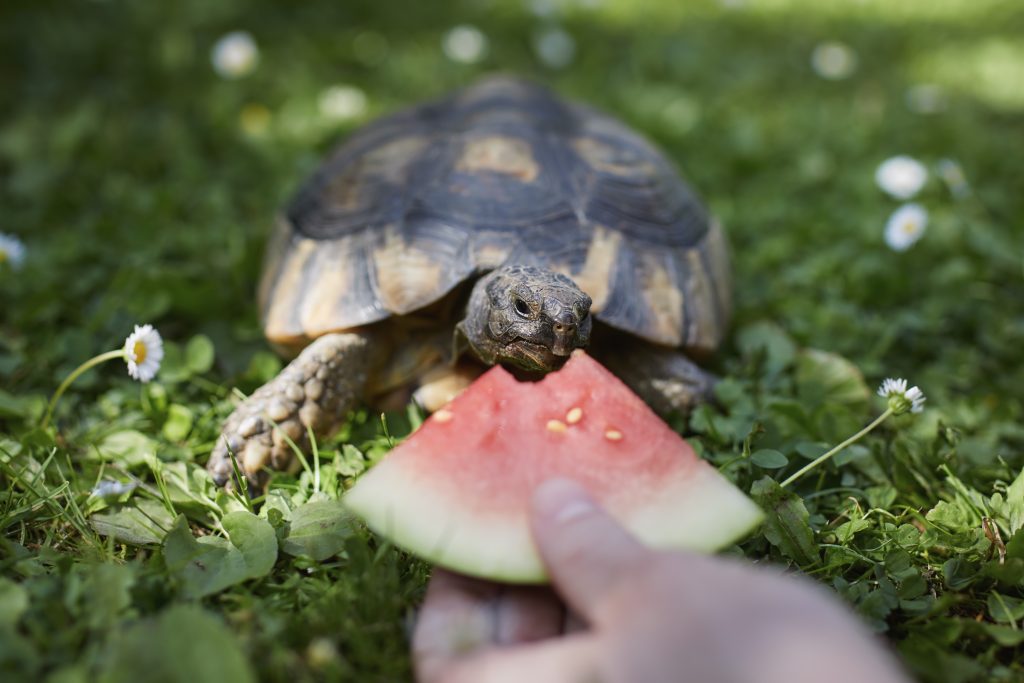
Yes, turtles can eat fruit, but only sometimes. The major reason why most veterinarians advise only feeding fruits in limited quantities is that they contain too much sugar. It can cause problems for your turtle. Therefore, fruit should be a treat, but it should not be a full meal. You can give these common safe fruits, which include apples (remove seeds!), grapes, melons, berries, bananas, and oranges. If you’re wondering whether turtles can eat grapes or bananas, then yes, they can. Therefore, you can give them just a little bit! However, if you have a Western turtle and you’re asking, Can Western turtles eat oranges? Then only in moderation.
The amount of feed that your turtle gets depends on the age and type. Therefore, you can’t treat every turtle the same way.
For omnivorous adult turtles:
For carnivorous adult turtles:
You have to feed young turtles every day and adults every 2–3 days. Are you wondering about treats? Then, once a week is enough!
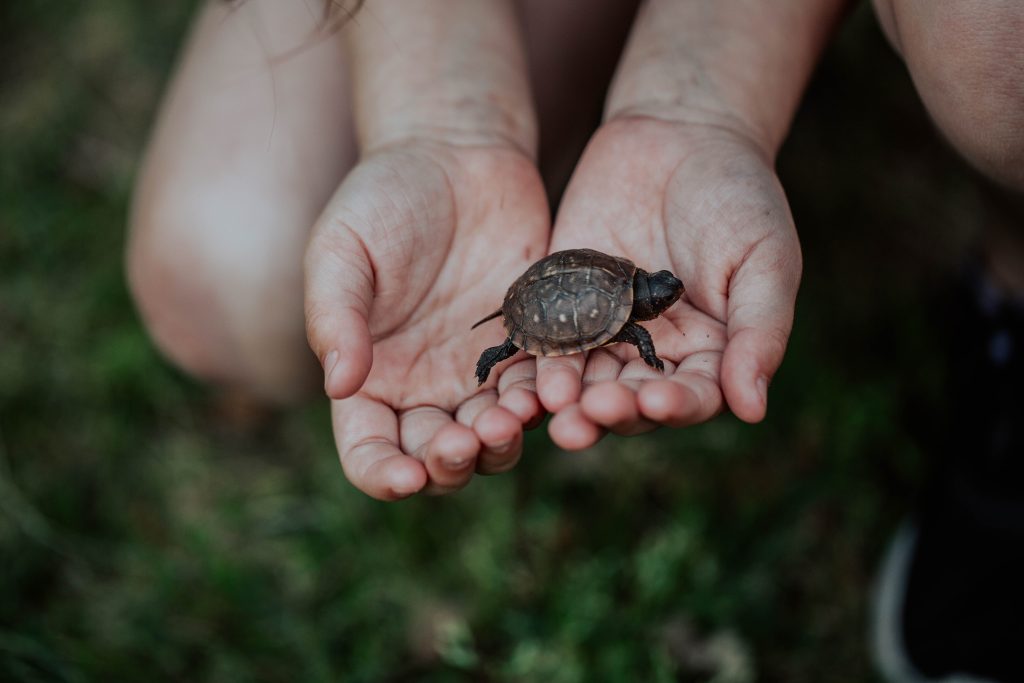
Just like humans take vitamins, turtles need them too. Therefore, you need to add calcium and multivitamin powders to their food a couple of times a week. This keeps their shells strong and their bodies healthy.
Calcium can come from:
And for vitamins:
Always talk to a reptile vet about which supplements are best for your turtle.
Some things that seem harmless to us can be dangerous to turtles. Avocados are toxic and should always be avoided. Dog or cat food might seem like a quick option, but it should only be given very rarely. Raw meat or chicken can carry harmful bacteria, while insects from the yard may have pesticides or parasites. Frozen vegetables or fish lack the nutrients turtles need and aren’t a good staple. Toxic plants like lilies, azaleas, and marijuana are also harmful. When in doubt about turtle food, it’s always safer not to risk it.
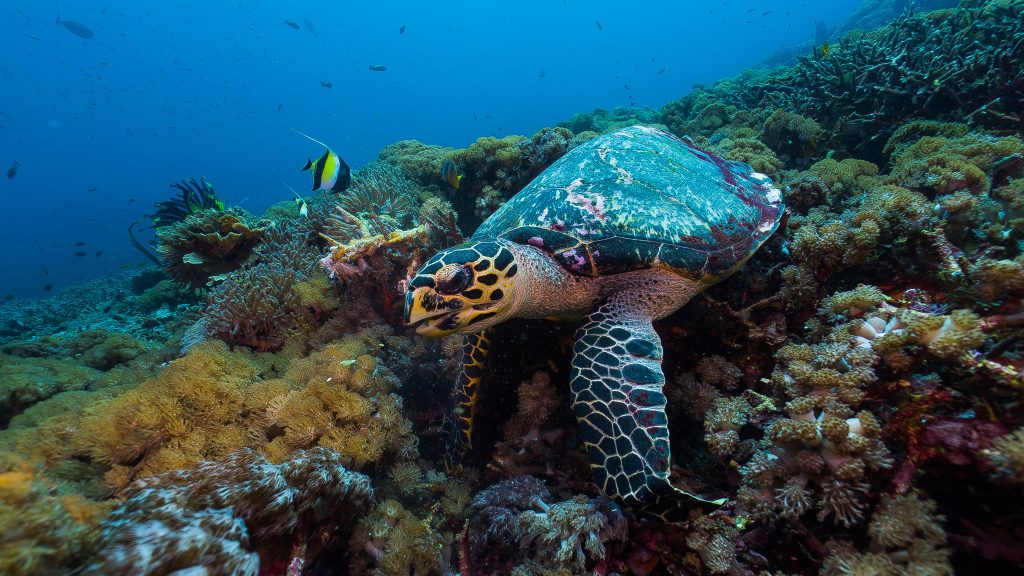
If you’re curious about what sea turtles eat, then they’re a little different from your pet turtle at home. Depending on the species, sea turtles enjoy:
Of course, you won’t be feeding your pet sea turtles anytime soon. However, it’s fun to know about their wild cousins!
At EcoPetEssentials, we know that happy pets start with good nutrition. Whether you’re feeding a sun turtle (sun turtle diet, anyone?) or a painted turtle, it’s always best to stick to safe, well-rounded meals. And yes, always keep asking the big questions: What do turtles eat? or What do turtles like to eat? Because when we know better, we feed better. Therefore, a well-fed turtle is a happy turtle. For more turtle tips, training techniques, and care product lists, you can bookmark EcoPetEssentials.

Castiel Smith cares deeply about animals and the planet. He loves sharing tips that help people take better care of their pets while being kind to nature. Whether it’s about eco-friendly pet products or simple ways to take care of your fur babies, Cas loves sharing Behavior & Training Tips.